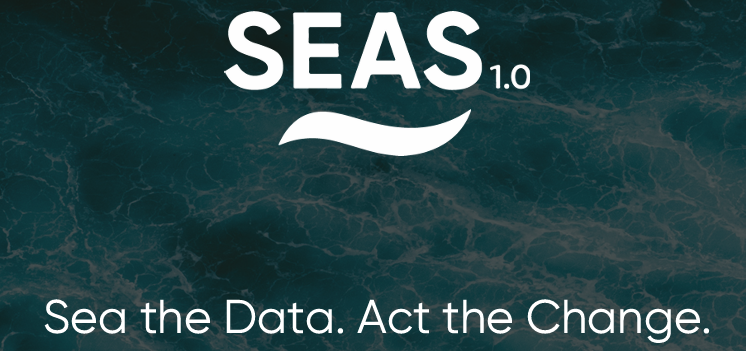The Ocean Climate Finance Gap
To conserve and restore the oceans, approximately USD 175 billion per year are needed. Yet, only about USD 25 billion is currently being invested. This leaves a staggering gap of around USD 150 billion, as highlighted in the report “A Drop in the Ocean: Closing the Gap in Ocean Climate Finance” (November 2021).
Bridging this gap is essential to safeguard marine ecosystems and accelerate the transition towards a sustainable blue economy.
Why the Ocean Matters for Climate and Biodiversity
Life began in the ocean, and our survival depends on it. The ocean is the largest ecosystem on Earth, home to over 80% of global biodiversity and a provider of vital ecosystem services—from regulating climate to supporting livelihoods and food security.
Yet, the ocean’s health is far from good. The cost of inaction in ocean conservation and restoration would be catastrophic. The loss of ecosystem services would generate severe environmental, social, and economic consequences that we cannot afford.
Conversely, investing in marine ecosystem conservation can yield significant ecological and economic returns, supporting both biodiversity and long-term economic growth.
Private Sector Funding for Ocean Conservation
Despite the urgency, private sector engagement remains limited. According to the same report, only 8% of companies have so far committed to SDG 14 – Life Below Water, highlighting a low level of corporate involvement in ocean protection.
Compared to terrestrial ecosystems, ocean conservation is significantly underfunded and often overlooked by both businesses and policymakers. “Ocean-based” projects receive less funding and attention than “land-based” initiatives, reflecting the current state of scientific knowledge: the ocean remains largely unexplored.
As oceanographer Paul Snelgrove noted: “We know more about the surface of the Moon and Mars than we do about the seafloor.” Indeed, scientists estimate that 90% of species in the deep ocean could be entirely new to science.
Nevertheless, momentum is growing. Advances in marine technology are expanding our understanding of ecosystems, while blue finance and corporate interest in ocean projects are slowly increasing in line with international and European sustainability goals.
Challenges for Companies in Supporting Ocean Projects
For companies, committing to ocean sustainability is not always straightforward. Identifying the right project—one that is impactful, aligned with ESG goals, and transparent—can be time-consuming and resource-intensive.
The key question is: how can companies’ sustainability needs be effectively matched with the right ocean impact projects?
SEAS 1.0 – The Platform Connecting Companies and Ocean Projects
This is why we created SEAS 1.0, the first digital platform designed to directly connect companies with impact projects focused on marine ecosystems.
SEAS 1.0 makes the matching process easy, immediate, and reliable:
-
For companies: explore projects by geographic area and ESG objectives, monitor real-time impact, and track results transparently.
-
For project developers: showcase initiatives evaluated and verified by Sea the Change according to rigorous, transparent criteria that identify the most effective Nature-based Solutions.
When supply and demand for sustainability come together, the result is stronger, measurable, and lasting impact. And if the perfect match does not exist yet, our team develops tailored solutions based on the company’s priorities set within the platform.
Take Action: Join SEAS 1.0
The ocean cannot wait. Companies, institutions, and innovators have the chance to close the ocean finance gap and drive the blue transition.
👉 Explore SEAS 1.0 today and find the marine project that matches your sustainability goals









